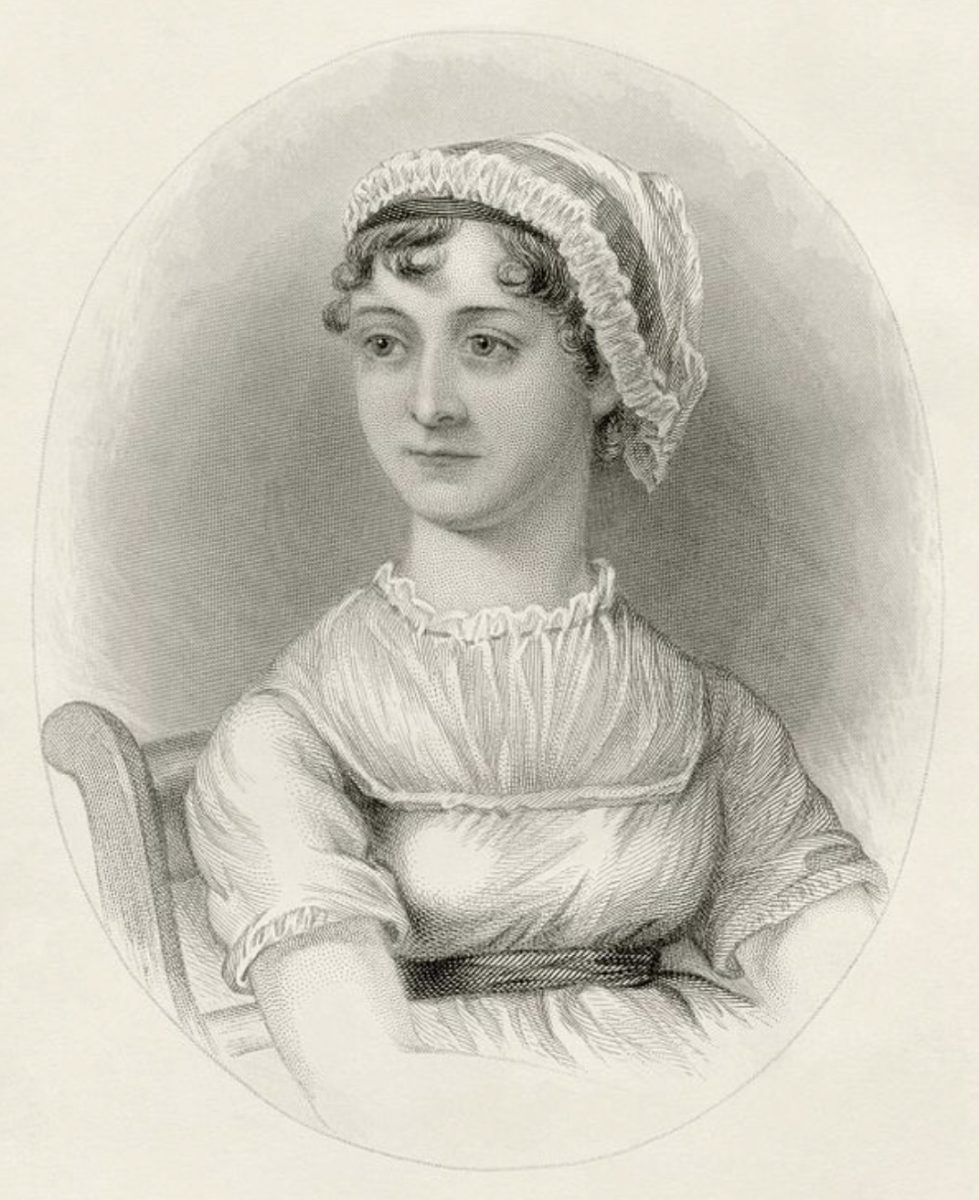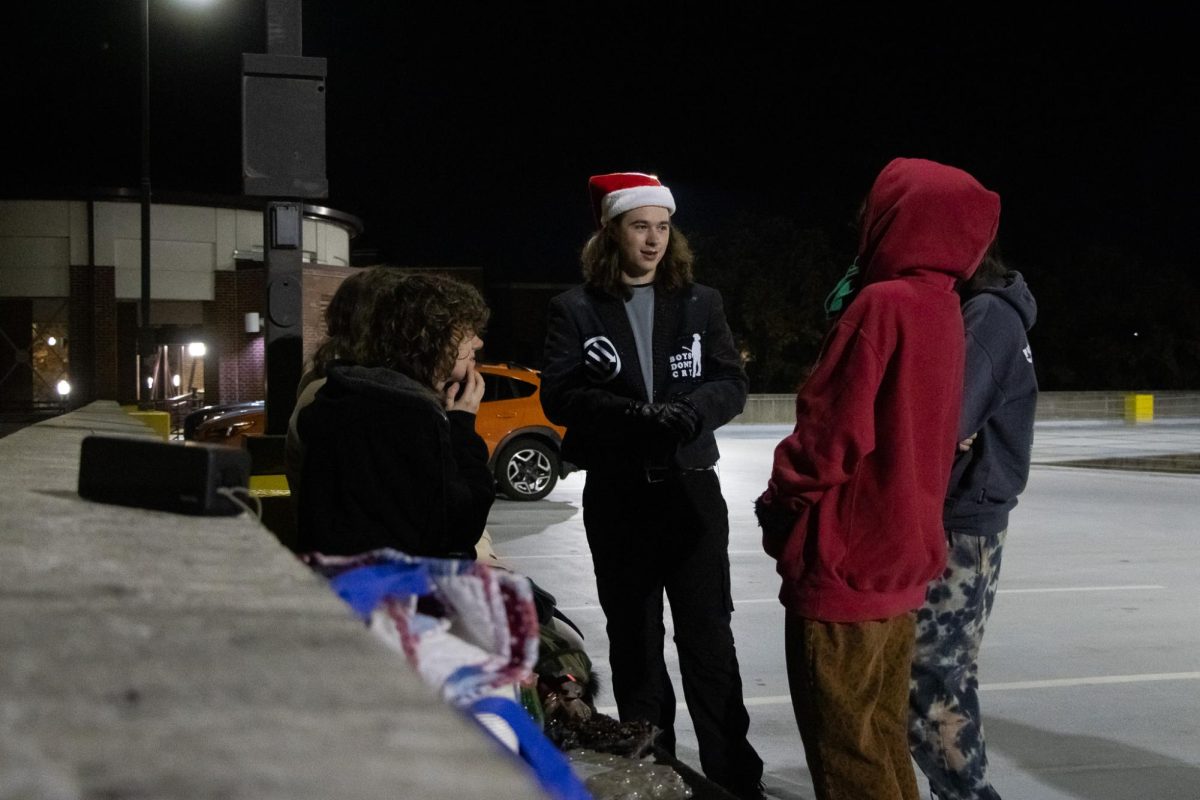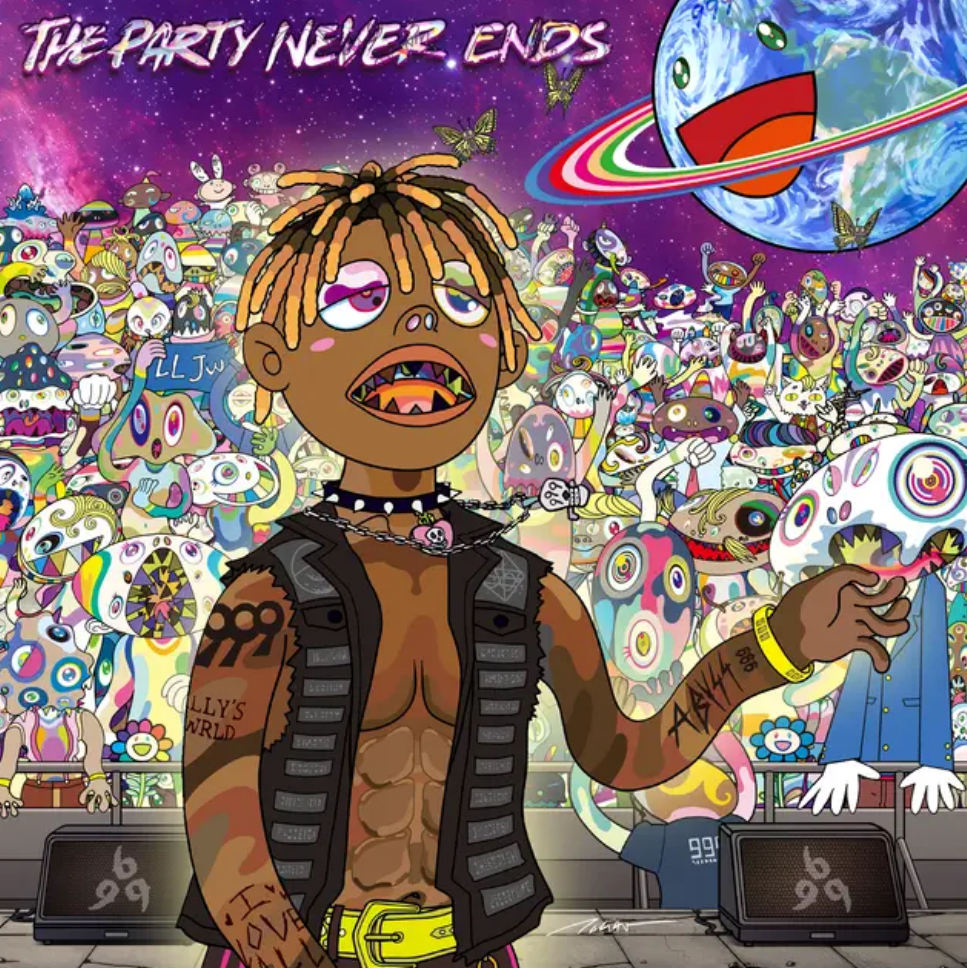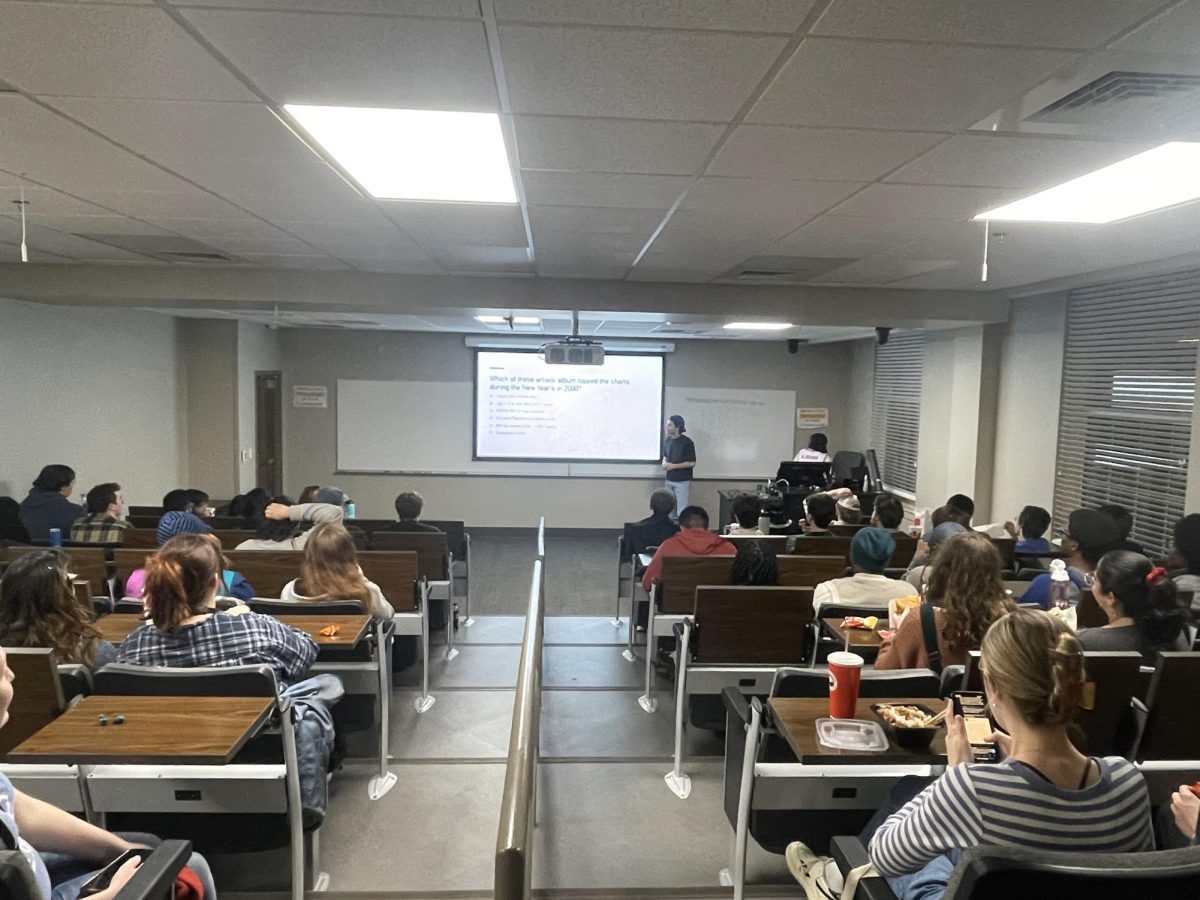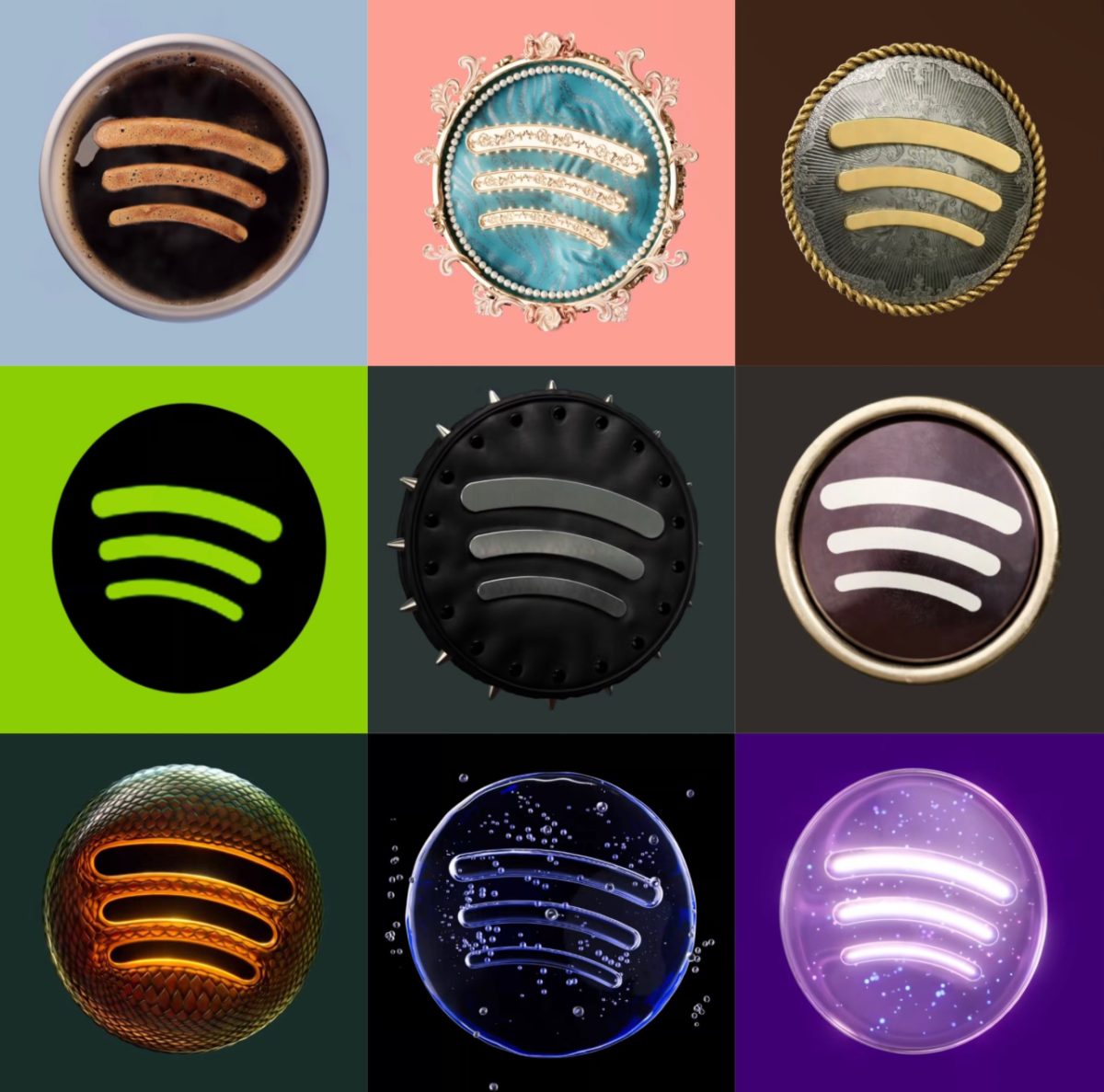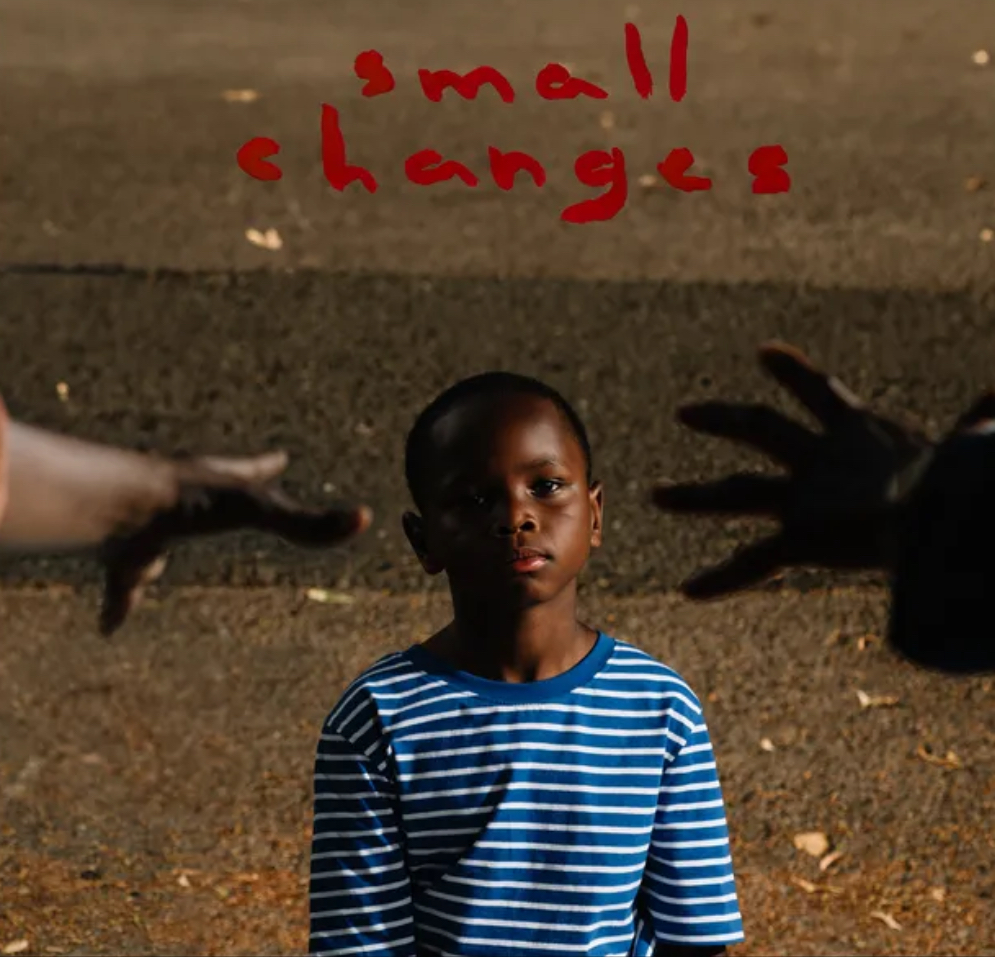Director of the Sarah Moody Art Gallery and Director of graduate studies in the art department William T. Dooley is bringing his artwork back to the Ferguson Center Art Gallery for the first time since 1989.
Dooley’s exhibit “Dreaming Local Over and Under,” will premiere with a reception Thursday from 5-7 p.m. and consists of pieces he has been working on over the course of the last three to four years. His work has frequently been showcased in faculty shows at the University, but his last exhibit featured in the Ferguson Center was in 1989.
“I am [excited] because a lot of this work, more than half this show, I’ve never seen it installed anywhere,” Dooley said. “I don’t even know how good the work is because I haven’t had the chance to really see it except in a studio.”
Communications specialist Rachel Dobson works with Dooley and accompanied him as he hung his work up for the exhibit.
“I think his work is very beautiful in a subtle way,” she said. “He works with color, but he observes and paints colors in nature – the colors of dirt, of plants, of flowers, of the sky and atmosphere.”
Dooley said he draws inspiration from everything around him.
“Things you might experience from driving down the road or walking down the street,” he said. “Some other pieces that I do are more that might slip in through say news reports, something like Katrina or an issue that is reported in the news or is a presence where you live geographically.”
The influence of nature is apparent in Dooley’s work.
“Some of his works are landscapes but pared down to the most essential elements of a landscape,” Dobson said. “They have a meditative air about them but also a sort of a hidden energy that can be surprising.”
Dooley said he is not tied down to any specific work because he is open to what a piece could be.
“Sometimes what emerges is that whatever your intent was, sometimes it takes a backseat to something else like color,” Dooley said. “I guess I’ve learned that it doesn’t mean necessarily that it was a failure. Whether or not it’s exactly what [the artist] intended, the artist kind of loses control or surrenders control of that because they only have the stimulus: the painting, the drawing or sculpture. The person or audience looking at it really has all the tools, not the artists.”
In terms of critique, Dooley said he always finds it interesting to hear and watch people respond to his art, but he considers the exhibit a “solitary experience” for the audience where the artist has no control over the work.
“It’s private,” he said. “In other words, I’m not a part of their experience.”



